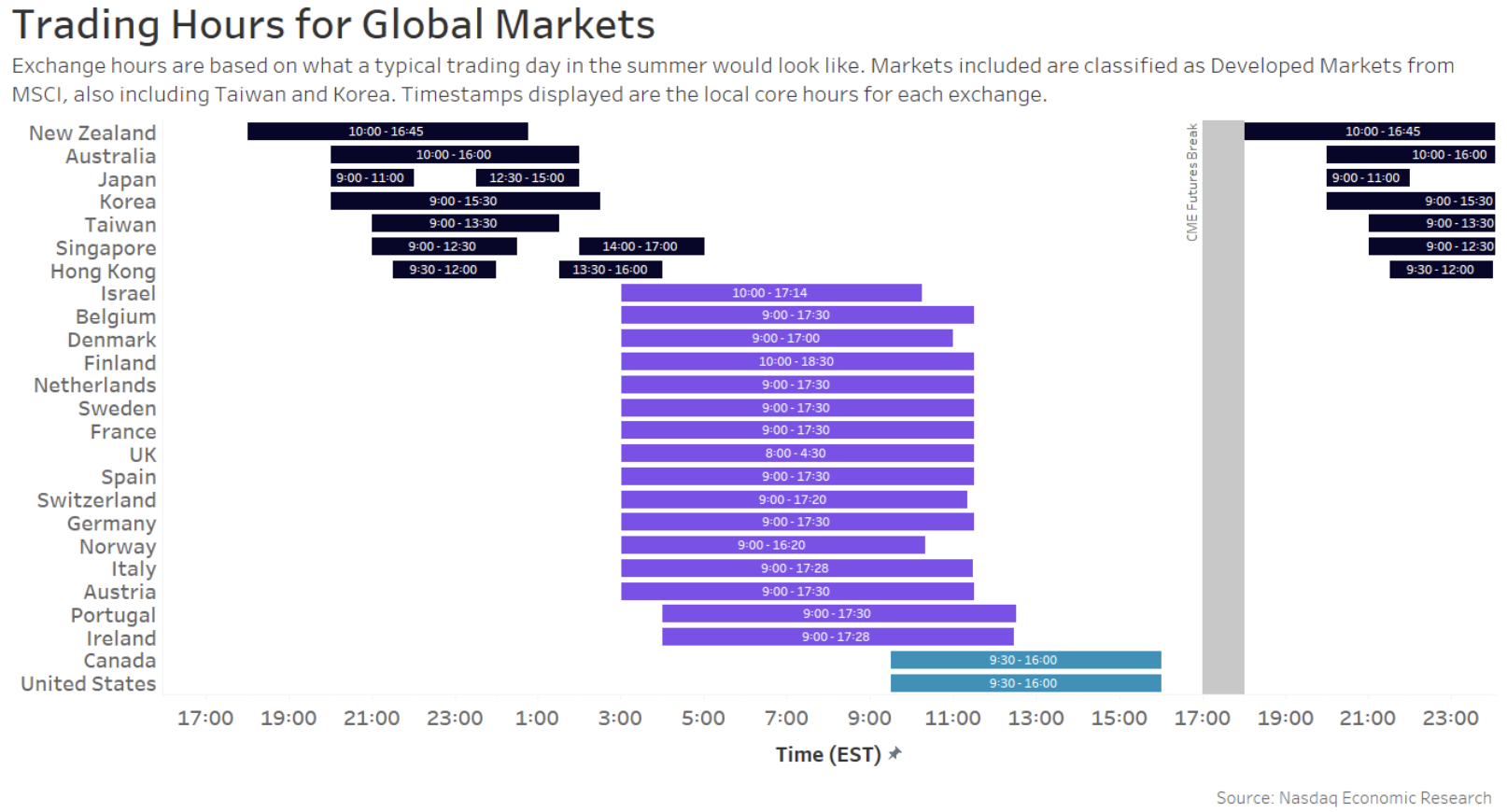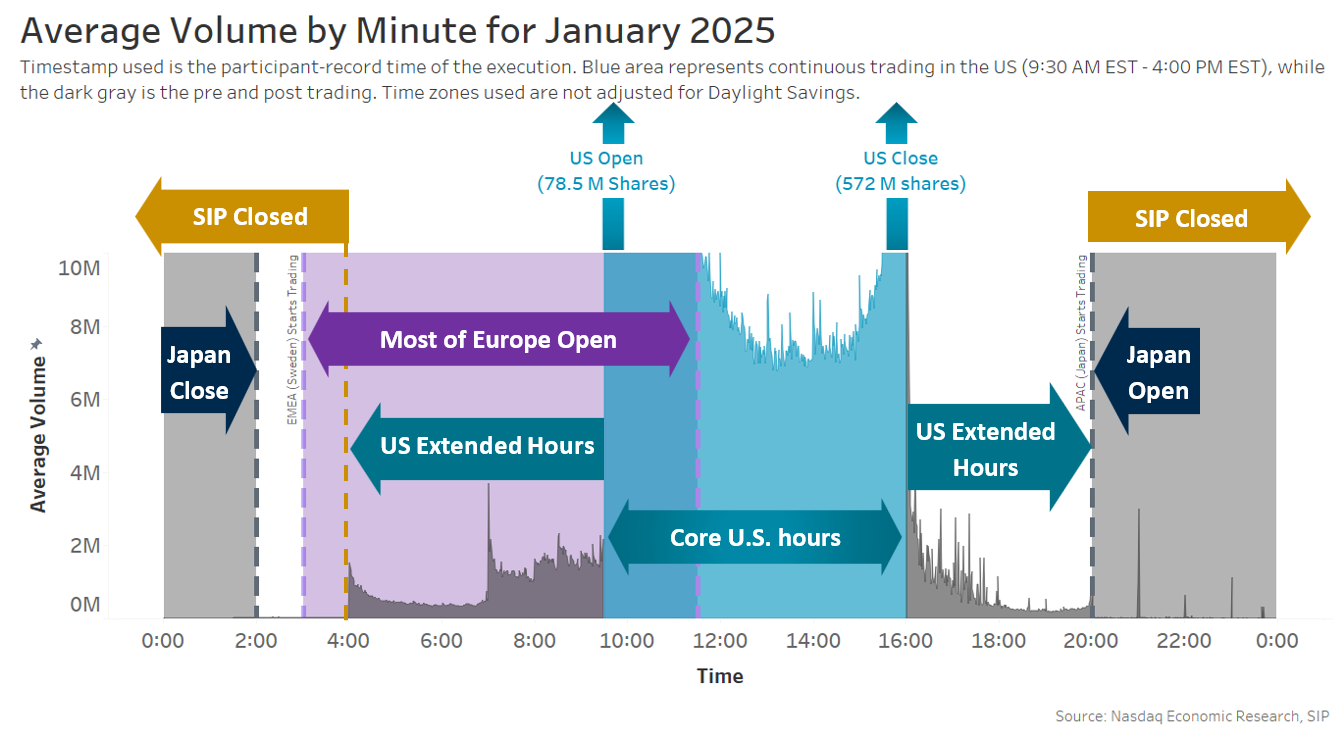March 17
Today, Robinhood Derivatives, LLC (RHD) announced a prediction markets hub directly within the Robinhood App, giving customers the opportunity to trade on the outcomes of some of the world’s biggest events. At launch, the hub will allow customers to trade contracts for what the upper bound of the target fed funds rate will be in May, as well as the upcoming men’s and women’s College Basketball Tournaments.
“We believe in the power of prediction markets and think they play an important role at the intersection of news, economics, politics, sports, and culture,” said JB Mackenzie, VP & GM of Futures and International at Robinhood. “We’re excited to offer our customers a new way to participate in prediction markets and look forward to doing so in compliance with existing regulations.”
Building a standalone prediction markets hub allows us to better serve our customers as they look to engage with events that align with their interests. Prediction markets operate within a regulated framework and leverage the power and rigor of financial market structure to facilitate greater liquidity, transparency, and price discovery.
Robinhood is committed to enabling anyone, anywhere, to trade, invest or earn on the financial assets that are available to institutions and that our retail customers want. You can read our recent policy paper on prediction markets for more information on our position and support for this emerging asset class.
The prediction markets hub–and corresponding contracts–will initially be available across the US through KalshiEX LLC, a CFTC regulated exchange. We have been in close contact with the CFTC over the past several weeks and look forward to continuing to work with them to promote innovation in the futures, derivatives and crypto markets.
These contracts will start rolling out today and will be available to all eligible customers in the coming days. For more information visit our Help Center.
Disclosures:
Restrictions and eligibility requirements apply. Futures, options on futures and cleared swaps trading involves significant risk and is not appropriate for everyone. Please carefully consider if it’s appropriate for you in light of your personal financial circumstances.
We expect the College Basketball Tournament and target fed fund rate event contracts on Robinhood to be tradeable daily from 8:00am ET until 3:00am ET.
To be eligible, customers must apply and be approved for a Robinhood Derivatives account (or already have an existing Robinhood Derivatives account). Additional trading prohibitions apply for these contracts. For the College Basketball Tournament contracts, please see Appendix B of the trading prohibitions for these contracts).
Read the Event Contracts Risk Disclosure for more information about the risks associated with event contracts.
The College Basketball Tournament and target fed funds rate event contracts are offered by Robinhood Derivatives, LLC through KalshiEX LLC. Robinhood Derivatives, LLC is a registered futures commission merchant with the Commodity Futures Trading Commission (CFTC) and Member of National Futures Association (NFA) (NFA ID 0424278). As a registered futures commission merchant, Robinhood Derivatives, LLC, does not make markets in any futures or event contracts.
The College Basketball Tournament event contracts are not endorsed by any collegiate athletic association or collegiate basketball team that is part of any collegiate basketball league, or any other company, agency, or government entity. The use of the term “College Basketball Tournament,” and the use of any collegiate team names or abbreviations or colors does not indicate an endorsement of this product.
This blog post contains forward-looking statements regarding Robinhood’s expectations, beliefs, plans, and projections about its business, regulatory environment, and product offerings. These statements are based on current assumptions and subject to risks and uncertainties that could cause actual results to differ materially from those anticipated. Such risks include, but are not limited to, regulatory developments, market demand, legal challenges, technological changes, and economic conditions. Robinhood undertakes no obligation to update any forward-looking statements after the date of this communication, except as required by law.























CAT’s Nine Lives
By Jim Toes, STA President and CEO
Paul Atkins will soon testify before the Senate Banking Committee for his potential SEC Chair nomination, with no set date. In addition to facing questions on his regulatory philosophy, enforcement priorities, and the SEC’s mandate to protect investors, ensure fair markets, and support capital formation, Atkins will face more specific inquiries.
In this fourth of a multi-part series about the topics Mr. Atkins will most likely face, we highlight the evolution of the Consolidated Audit Trail, (“CAT”), a behemoth of a project spawned under a Regulation NMS Plan which has taken on its own life.
Backstory
CAT was conceived in the aftermath of the “Flash Crash” of May 6, 2010. This event saw a rapid, trillion-dollar drop in U.S. equity markets within minutes, followed by a swift recovery. The speed of modern trading across fragmented markets made it extremely challenging for the Securities and Exchange Commission to piece together what had occurred. This incident underscored the need for a more robust, centralized system to track and analyze market activity across different exchanges and trading venues, leading to the SEC’s proposal of Rule 613 in 2010.
It would take another eight years before the new surveillance entity, Consolidated Audit Trail, LLC would process its first trade report on November 15, 2018.
The primary function of CAT is to provide a comprehensive, centralized repository for tracking all trading activity in U.S. markets for National Market System (NMS) securities, which includes equities and options. CAT’s intentions are to enhance regulatory oversight and improve market surveillance, as well as to reduce the burden of data collection by streamlining the process for broker-dealers and exchanges by reducing the need for multiple, disparate reporting systems.
Despite its noble objectives, the CAT has experienced multiple delays, cost overruns, and several controversies, with issues ranging from technical challenges to governance and operational concerns. The complexity of integrating data from a diverse array of market participants has proven more challenging than anticipated. Expenses for the industry have been higher than originally projected. Market participants have also questioned whether CAT’s data will be effectively used by regulators or if it represents an overreach, potentially stifling innovation or adding unnecessary layers of bureaucracy to trading activities.
Reporting Requirements and Their Effect on Costs
The CAT data warehouse is the largest financial regulatory database in existence, with a scale speculated to rival the NSA’s data storage capabilities. This year, CAT-reportable events have averaged 50 billion per day, with regular spikes reaching up to 65 billion—far surpassing initial estimates. While this surge partly stems from growth in equity and options exchanges and overall trading volumes, the primary driver is the SEC’s increasingly aggressive interpretation of what must be reported to achieve CAT’s objectives. Over the past five years, the SEC has adopted a stringent stance on defining CAT-reportable events and the scope of required information.
Revisit What Needs to Be Reported and How Quickly
The SEC is obligated to conduct cost-benefit analysis when issuing rules. However, the scope of CAT-reportable information has grown due to new interpretations of reporting requirements, often emerging without adequate cost-benefit analysis.
Recently, the industry welcomed the SEC’s exemptive order on February 10, 2025, which exempted firms from reporting certain personally identifiable information (PII) of investors to CAT. The SEC noted in its order that such data is ‘not necessary to achieve CAT’s objectives.’ This prompts a broader question: what other data might also be extraneous? One area ripe for consideration is verbal quotes provided by market makers on exchanges, trading floors, or over the phone. While this activity received a temporary exemption on July 28, 2023, that relief is slated to expire on July 31, 2026.
There are other temporary exemptive relief orders that are repeatedly extended for various reasons, primarily the requirements are so burdensome that no viable technological solution exists.
Quote updates by options market makers across more than 1 million strike series represent another area that warrants review from a cost–benefit perspective.
The cost-benefit analysis of reportable events should also consider required reporting timelines. Since enforcement isn’t conducted in real-time, why must quote information—valuable for detecting layering or spoofing—be reported by exchanges at or near real-time? Delaying this reporting by a few hours could generate substantial cost savings without undermining CAT’s effectiveness.
Balancing regulatory oversight, market efficiency, investor privacy, and cost management should be a top priority for any SEC Chair. As Mr. Atkins prepares to face the Senate Banking Committee, CAT stands as a critical yet contentious piece of his potential SEC tenure. CAT’s sprawling scope, escalating costs, and questionable necessity of certain data requirements—like verbal quotes and short reporting timelines — need to be revisited to refine it into a practical tool for market integrity.